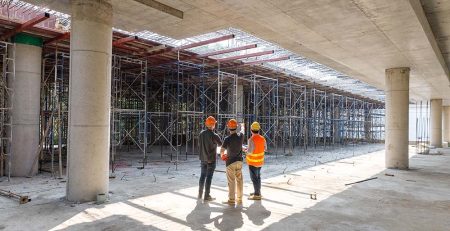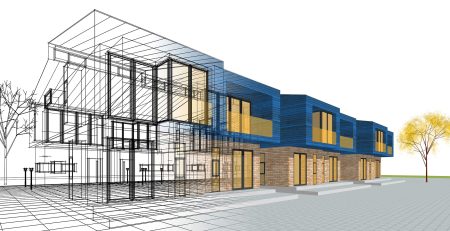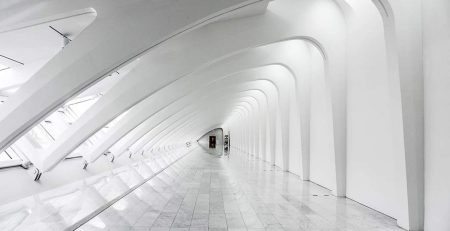Can Buildings Heal? The Role of Construction in Wellness
Imagine walking into a building that instantly makes you feel at ease. The sunlight streams through expansive windows, fresh air circulates effortlessly, and everywhere you look, there’s a touch of nature. This isn’t just a utopian fantasy—it’s the essence of wellness-focused building design. Modern construction techniques are now embracing the idea that buildings can significantly contribute to physical and mental well-being. This blog delves into how innovative design principles and construction practices can create healing environments that enhance our health and happiness.
Understanding Wellness in Architecture
Wellness architecture revolves around creating spaces that actively support the well-being of their occupants. This involves a holistic approach, integrating physical, mental, and emotional health considerations into building design and construction.
The concept of wellness in architecture isn’t new. Ancient civilizations, like the Greeks and Romans, designed public baths and communal spaces that emphasized relaxation and health. However, the modern interpretation has evolved, focusing on scientific and psychological insights to foster environments that promote holistic health.
Importance of Wellness in Building Design
Incorporating wellness principles into building design is crucial. Our environments profoundly impact our health, from the air we breathe to the light we absorb. By prioritizing wellness in architecture, we can create spaces that not only shelter us but also nurture our overall well-being.
Key Elements of Wellness-Focused Building Design
Natural Light and Ventilation
Natural light and proper ventilation are foundational to wellness architecture. Exposure to natural light regulates our circadian rhythms, boosts mood, and enhances productivity. Effective ventilation ensures a constant supply of fresh air, reducing pollutants and improving respiratory health.
Healthy Building Materials
The materials used in construction can significantly affect indoor air quality and overall health. Non-toxic, eco-friendly materials ensure that harmful chemicals don’t leach into living spaces. Sustainable practices in material selection also support broader environmental health, promoting a cleaner, greener world.
Indoor Air Quality
Indoor air quality is a critical component of wellness architecture. Poor air quality can lead to various health issues, including respiratory problems and allergies. Enhancing air quality through the use of air purifiers, proper ventilation, and non-toxic materials can dramatically improve the health of a building’s occupants.
Biophilic Design
Biophilic design incorporates natural elements into architecture, fostering a connection to the outdoors. This can include anything from indoor plants and green walls to water features and natural light. The presence of nature within built environments has been shown to reduce stress, improve mood, and enhance overall well-being.
Future Trends in Wellness Architecture
The future of wellness architecture looks promising, with emerging trends focusing on even greater integration of technology and nature. Trends like regenerative design, which aims to restore and renew natural systems, and advanced biophilic designs are set to shape the future of healthy buildings.
These trends are expected to revolutionize building design, making wellness a standard rather than an exception. As these practices become more widespread, the overall quality of life for building occupants will continue to improve, emphasizing the critical role of our built environments in our well-being.
Implementing Wellness Principles in Your Projects
To integrate wellness principles into your building projects, start with a thorough needs assessment to understand the health and wellness goals for your space. Collaborate with architects and designers who specialize in wellness architecture to develop a plan that incorporates natural light, ventilation, non-toxic materials, and biophilic elements.
Consulting with Experts
Working with experts can help ensure that your building project meets wellness standards and maximizes the benefits for its occupants. Professional guidance can provide tailored solutions that address specific needs and enhance the overall health impact of the space.
Conclusion
The concept of healing buildings isn’t just a trend—it’s a vital evolution in how we think about and design our built environments. By incorporating wellness-focused principles, we can create spaces that support and enhance our well-being.
Ready to embrace wellness architecture in your projects? Contact us for expert guidance and custom solutions tailored to your needs. Schedule a consultation today and take the first step toward creating a healthier, more nurturing environment.











